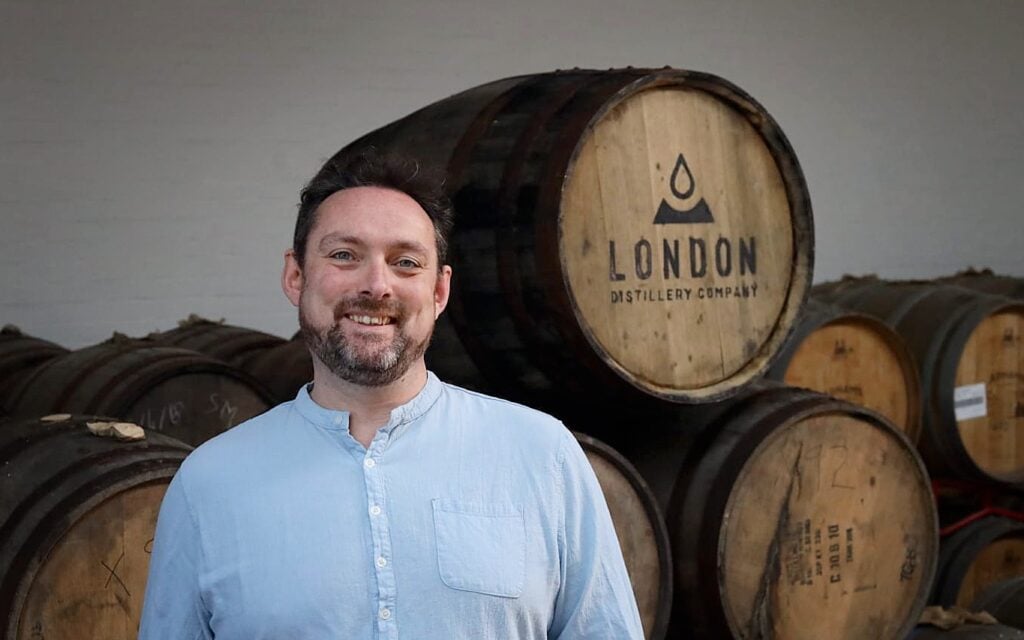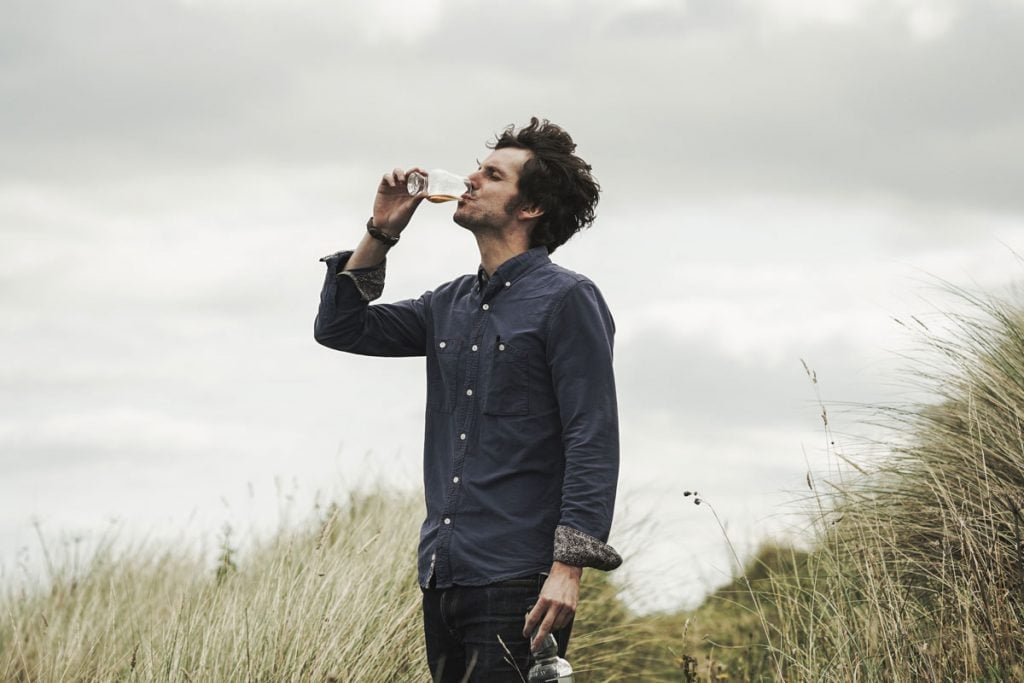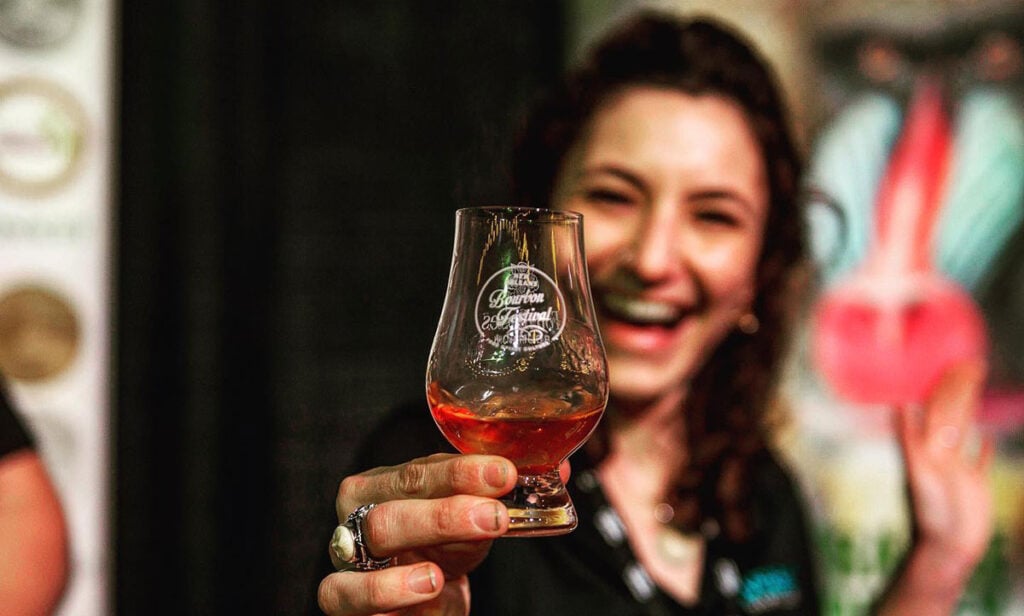The whisky world loves a number. For years, age statements were shorthand for quality. The older, the better, right?
But experience, nuance, and a savvier whisky crowd have shown there’s more to it than a number on the label.
So just how important are age statements then?
We’ve gathered takes from all sides – drinkers, makers, bottlers, and our own community – to find out if they believe age still carries weight, if we’ve simply been conditioned to think it does, or if we’re even asking the right questions…
Age statements – according to Master of Malt followers
First, here’s what you think. These responses have been collated from the below Tweet:
🕰️ Does age always mean better? Share your thoughts on young vs. aged whiskies.
— Master of Malt (@MasterOfMalt) May 3, 2025
“No, not always, the worst whisky I ever had was a 49 yo that had gone oaky. One of the best was a 6yo Bladnoch. Nope, age is not a guarantee. Like everything, knowing how old is good, but if it’s right it’s right and if it ain’t it ain’t!”
– @BishopburnB
“I suspect there’s a sweet spot for most whiskies where intensity of flavour and ‘heat’ of the spirit balances out. I reckon there’s also a balancing act between realising the value of the spirit and allowing that value to potentially increase”
– @wakeyrule
“I had a 6-year-old first-fill sherry cask of Springbank. Honestly, it was the best whisky I’ve tasted”
– @MattockFisher
“There are exceptions, but 6yrs tends to be the bare minimum. Then, on average, quality trends up until the high teens and it levels off. Makes me think of a logistic curve.”
– @maxaramas
“I 100% agree with you; however, I’m not a fan of distilleries taking advantage of consumers and selling non-aged statement whisky at extortionate prices. In the wine and Champagne worlds, where vintage is essential, the age statement on a bottle is just as important in the whisky world, in my opinion.”
– @dramsofdistinction (in response to this post).

Say hello to Matt, everybody!
Thoughts from writers, bottlers, ambassadors, and whisky lovers
“Age statements can matter, but I’d suggest that they are far from the only factor which can be used to determine the quality of a whisky. Over the decades, we have become sub-consciously conditioned to think of numbers as scores – the larger obviously being better/more exciting/of greater appeal than the smaller. However, that is a path which can often lead to disappointment.”
“Whilst an age statement provides a guarantee of an amount of maturation, it does not provide a guarantee of an amount of quality maturation. 10 years in fresh oak will offer a markedly different proposition to 10 years in knackered wood barely fit for garden furniture. As a marker of transparency, alongside various other important pieces of information which can and should be put on a whisky label, age statements do matter – however, they are just one piece of a much wider picture.”
– Matt McKay, managing director & whisky maker at The London Distillery Company and creator of The Dramble

We have Andrew in the house!
“The most important factor is flavour”
“Yes, age statements matter, but not as much as some might think. For me, age statements are useful in offering insight into what’s inside the bottle. Today’s whisky drinkers value detail and transparency, and an age statement can certainly help provide context.”
“That said, the most important factor is flavour. If we can communicate flavour profiles clearly and simply on packaging, that might be a more effective guide for consumers than just a number. A higher age doesn’t automatically mean better flavour or higher quality. When talking about age, we also need to consider cask types, size, wood, previous contents, and whether the whisky was fully matured or just finished in a certain cask. I believe that if a distillery understands its house style and selects casks that enhance the distillate’s core character, then it becomes easier for drinkers to decide whether that style suits them.”
– Andrew Lennie, global single malt whisky specialist at Whyte & Mackay

Heart Cut founders Georgie Bell and Fabrizio Leoni
“The question of age very rarely comes up”
“Today’s drinkers are typically looking for a whisky that delivers clearly on at least two of three key elements to win their trust and engagement:
– A compelling, emotionally resonant brand or distillery story
– Production transparency – clear detail around ingredients, process, and cask use
– Age information – either an age statement or indicators like distillation and bottling dates
– Brands don’t need to tick all three, but two is increasingly seen as the minimum threshold for trust.
“Relying on just an age statement is no longer enough. If a brand chooses not to include age, then its story and transparency must carry the weight. And if age is the hook, then one of the other two pillars must be equally solid to create a real connection”.
“At The Heart Cut, we work with distilleries all over the world, and their ageing environments differ significantly! Ageing a whisky for 4 years at M&H in Tel Aviv is very different from ageing a whisky for 4 years in the temperate climate of Scotland. Ageing in Chicago, where they have super hot summers and super cold winters – is very different from ageing in Finland! “
“Funnily enough, the question of age very rarely comes up in our tastings – we might get asked the question ONCE towards the back end of a tasting, but I think because there’s so much else to talk about with our whiskies it’s not the first thing, And when it does come up it’s an opportunity for us to have a conversation around ageing conditions, climates, and the fact that distillers these days are making whisky in a different way – they’re ‘front loading flavour’ in production because they know they’re not going to have 10 / 12 years until they release their whisky – or NEED 10/12 years.”
– Georgie Bell, the co-founder and CEO of The Heart Cut*

Jake Mountain, windswept and interesting
“Short answer yes with an if, long answer no… with a but”
“Does age matter? As Reverend Lovejoy ‘sagely’ tells a desperate Ned Flanders when he’s after some spiritual guidance of another kind, “Oooh… Short answer yes with an if, long answer no… with a but.” And that’s because – with regards to the usual intended answer – the question is wrong or slightly misconstrued. It’s reactionary because of the hold these numbers can have, and how they’ve been marketed for decades, which can be hard to overcome (including campaigns with the literal tagline Age Matters).”
“How about the question, ‘Is age the only thing that matters?’ An easy no. Even if we’re just considering maturation, there are so many variables from the quality, provenance, oak species, previous contents, number of uses, kinds of uses, char or toast level, and size of the cask. Not to mention climatic and microclimatic factors. There are many different ways, new and old, to craft and put together a delicious whisky, in ways increasingly evident in today’s exciting whisky landscape, and that’s at the centre of all this. Whether it’s heritage or organic barley varieties grown on site, different grains entirely, different yeasts, traditional worm tub condensers, novel hammer mills and mash filters, or space-age concrete egg fermenters with the lees added back in (no, really).”
Of course, age matters
“How about, ‘Does older simply mean better?’ Even if all other things were equal, this too needs quashing. Does older mean different? Yep. Likely less fresh and bright for starters. Think fresh apples vs baked toffee apples. The distillery character may have been lost too (although this can have as much to do with how active the casks are), and peat will soften and even dissipate over time. As you can likely see, much of that can come down to preference and occasion. ‘What sort of whisky do I fancy today?’”
“But does age matter? Of course it bloody does. There’s a lot going on during maturation. Colour, flavour and aroma are drawn from the wood, harshness and undesirable compounds are removed from the spirit, but some interactions take time and can’t be hurried (however much people have tried). Interaction with oxygen as the cask breathes, evaporation and concentration, esterification, and the creation of other long-chain compounds, characteristics and nuance continue for years and can lead to entirely different experiences and bits of magic.”
– Jake Mountain, Doer of Things at Master of Malt

Do you judge a whisky by its age statement?
Final thoughts on age statements
Numbers have influence. That’s why an age statement still commands attention; it offers something measurable in a world built on sensory experience. But it’s also a partial truth. It reveals the youngest whisky in the bottle, while leaving the rest of the story untold. It tells you nothing of the oldest, nothing of the balance, nothing of the intent.
From the views here, it’s clear that age is only one of many forces that shape what ends up in your glass. Maturation is a spectrum, a blend of ages and cask types that no single number can explain. Whisky is made in that space, between numbers, in the marriage of young vibrancy and mature depth. The influence of casks over the years is an impact that invites us to discuss and contemplate qualitatively. Not to quantify.
If numbers dominate, it’s often because brands fear how drinkers will react without them. Non-age-statement whiskies invite suspicion precisely because details are so often withheld. Yet the answer isn’t to cling to the number. It’s to fill the gap with transparency: talk about casks, climate, intention, and flavour.
The industry’s challenge now is to educate, not obfuscate. Stop hiding. Start teaching.
As for drinkers, ask questions. Taste widely. Drink beyond your comfort zone. Judge fairly. Trust your palate over a stat. Learn how a six-year-old can outshine a thirty-year-old. Discover what a number can’t measure. And if a whisky makes you feel something, that matters.
*It’s a snippet from a report she’s been writing on today’s whisky drinker and what they want. She feels it puts age into the right context.
